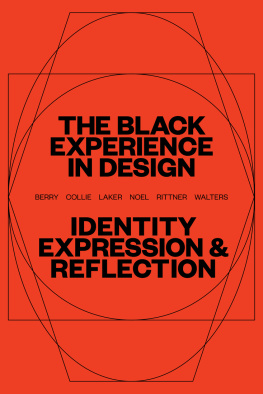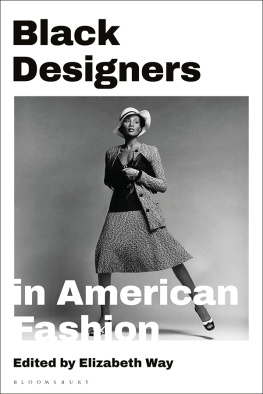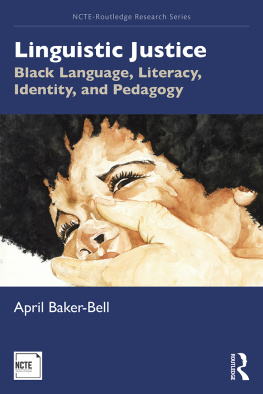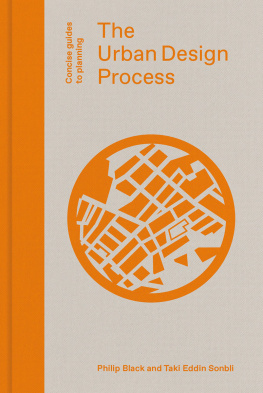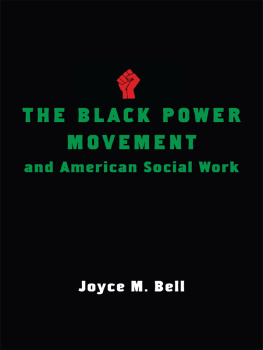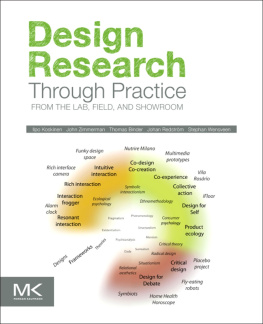


Copyright 2022 by Anne H. Berry, Kareem Collie, Penina Acayo Laker, Lesley-Ann Noel, Jennifer Rittner, Kelly Walters
All rights reserved. Copyright under Berne Copyright Convention, Universal Copyright Convention, and Pan American Copyright Convention.
No part of this book may be reproduced, stored in a retrieval system, or transmitted in any form, or by any means, electronic, mechanical, photocopying, recording or otherwise, without the express written consent of the publisher, except in the case of brief excerpts in critical reviews or articles. All inquiries should be addressed to Allworth Press, 307 West 36th Street, 11th Floor, New York, NY 10018.
Allworth Press books may be purchased in bulk at special discounts for sales promotion, corporate gifts, fund-raising, or educational purposes. Special editions can also be created to specifications. For details, contact the Special Sales Department, Allworth Press, 307 West 36th Street, 11th Floor, New York, NY 10018 or .
26 25 24 23 225 4 3 2 1
Published by Allworth Press, an imprint of Skyhorse Publishing, Inc. 307 West 36th Street, 11th Floor, New York, NY 10018. Allworth Press is a registered trademark of Skyhorse Publishing, Inc., a Delaware corporation.
www.allworth.com
Editor: Caroline Russomanno
Managing Editor: Anne H. Berry
Developmental Editor: Jennifer Rittner
Creative Director: Kelly Walters
Cover Design: renald Louissaint
Interior Design: renald Louissaint
Copy Editor: Jamie McGhee
Library of Congress Cataloging-in-Publication Data is available on file.
Print ISBN: 978-1-62153-785-4
eBook ISBN: 978-1-62153-786-1
Printed in the United States of America
To our ancestors, to those who
are with us in the present, and
to those who will follow long
after we are gone: this book, a
labor of love, is for you.
SECTION CONTENTS
Ruha Benjamin
Anne H. Berry
Sylvia Harris
Anne H. Berry & Steven Heller
Jennifer Rittner
Kareem Collie
Dorothy Hayes
R. Vann Graves
Jon Key
Steward: Some Life Lyrics
Quinlin B. Messenger
Anne H. Berry
Colette Gaiter
Steve Jones
Terresa Moses
Chris Rudd
Kaleena Sales
Lesley-Ann Noel
Audrey G. Bennett
Nii Kommey Botchway
Cheryl D. Miller
Alicia Olushola Ajayi
David Pilgrim
Kareem Collie & Penina Laker
Mugendi K. M'Rithaa
Jennifer White-Johnson
Sloan Leo
June A. Grant
Michele Y. Washington
Liz Ogbu
Lesley-Ann Noel
Lonny Avi Brooks
Woodrow W. Winchester III
Adah Parris
John Jennings
Folayemi Wilson
Kelly Walters
Yocasta Lachapelle
Forest Young
Schessa Garbutt
Former and Current Design Students
Michelle Joan Wilkinson
Sabine Maxine Lopez
Aisha Richards
Kelly Walters
Rick Griffith
Lesley-Ann Noel
Lauren Williams
Terrence Moline
Maurice Cherry
Malene Barnett
Lesley-Ann Noel & Anne H. Berry
Penina Laker
Jennifer Rittner & Anne H. Berry
FOREWORD:
EMORY DOUGLAS
PAST IS PROLOGUE: EMORY DOUGLAS BLACK EXPERIENCE IN DESIGN
As told to Colette Gaiter
The editors of this anthology celebrate the historic contributions of Black designers across the African diaspora who have inspired and informed us. Their unique experiencesand the many identities, expressions, and reflections they containoffer invaluable insights into the possibilities for understanding our collective experiences. These stories also inform action, specifically about how design will be taught, researched, practiced, curated, critiqued, and created in the future.
Before introducing the sixty-five contributions to the Black Experience in Design, we are honored to share a brief reflection from Emory Douglas, from an interview conducted by Colette Gaiter in October 2021 for this book. Douglass work as the renowned graphic designer for the Black Panther Party has found new resonances in the 21st century. Here he reflects on his experiences as a commercial art student in San Francisco in the early 1960s.
Through his conversation with Colette Gaiter, we witness many threads woven throughout this book: encouragement, opportunity, disappointment, isolation, ingenuity, artistry, excellence, vision, and resilience. We thank Mr. Douglas for his tremendous contributions to liberation art, the discipline of design, and this book. This interview was edited for clarity. The Editors
EMORY DOUGLAS: I consider myself a manufacturer of art, of creativity. Starting out at the City College of San Francisco in the mid-1960s, I learned techniques and processes, including figure drawing, concept design, typography, and understanding the basic printing concepts behind publishing.
My teachers were supportive. They observed all of us students closely to see what we were doing and what our skill level was. They encouraged us to work as if we were professionals, and if we showed improvement, we got referred to freelance jobs. Our instructors wanted to see us get to the next level. They looked at our work from a professional perspective and compared it to what was going on in the field.
One professor noticed how I was improving and referred me to a paid illustration job for a science instructor at the college. Later I was sent for a job at a silkscreen factory doing T-shirts and other printing; and to another doing paste-up for Dorfmans Fine Wine Goblets and Silverware in downtown San Francisco. I worked on newspaper ads that ran two or three times a week and made signs for the products displayed in the windows.
In class, I worked on a fashion design project, where I designed shoes and clothing using images from Ebony magazine as my references. The people in my drawings were Black. When I showed my professor the work, he praised it. But he also said, I have to be honest with you. It will be another ten years before this will be accepted in the field. Ten years later, in the 1970s, sure enough, you started to see itBlack people, regularly, in advertisements and design. That instructor was being truthful to the reality of institutional racism and bigotry that existed at the time.
At another point, our class had to create a short, animated film from storyboard to frames. We wrote the story, made storyboards, then used rolls of butcher paper to draw the animation. My story was about an African dignitary who came to the United States dressed in traditional clothing and was treated with respect and honor. Later he came back dressed like an American Black person and was told he was not welcome and was denied entry to the country. The professors reaction was, This doesnt seem to be provocative enough; you need to emphasize this a little bit more. I took that to mean that he thought I should make the racism and double standard more obvious.
I was lucky to go to the City College of San Francisco with the teachers who were there at that time and encouraged me to do the work necessary to become a professional. That training helped me improve my advertising and creative skills, which I used at the same time for a variety of promotional materials in the Black Arts Movement. I designed flyers and posters for eventseven stage props and simple sets for theater productions.
Next page
